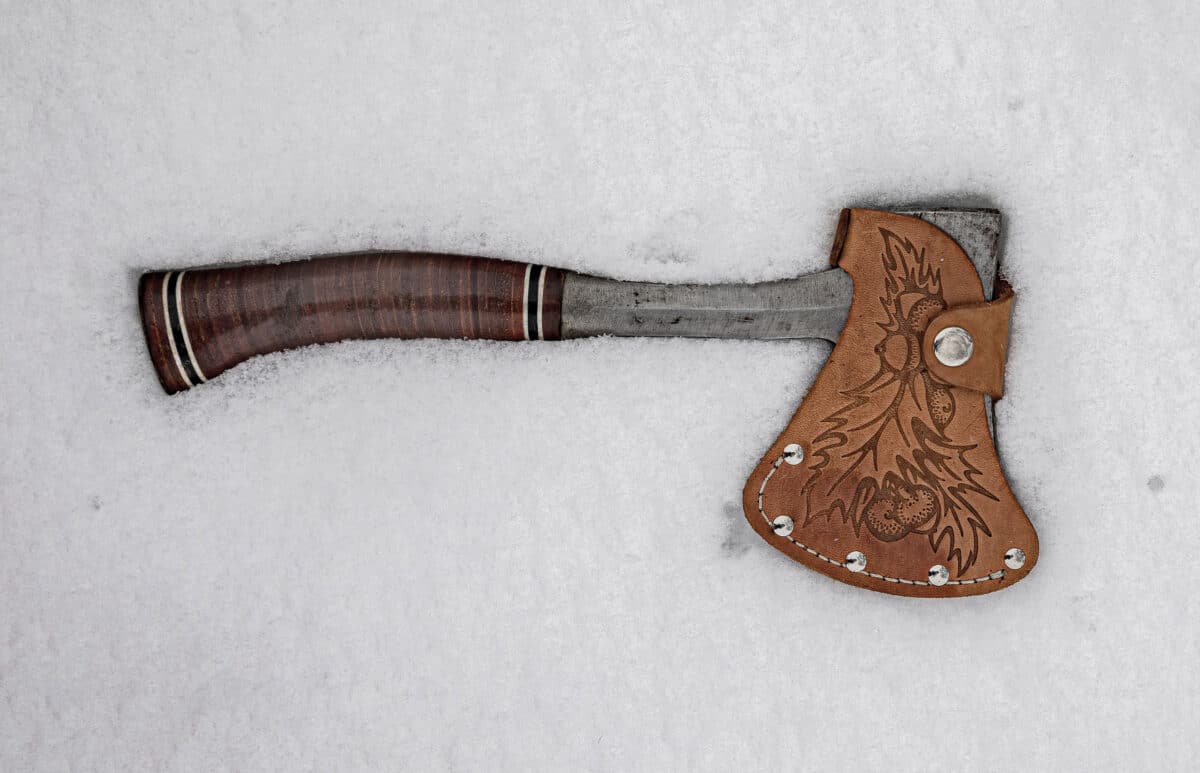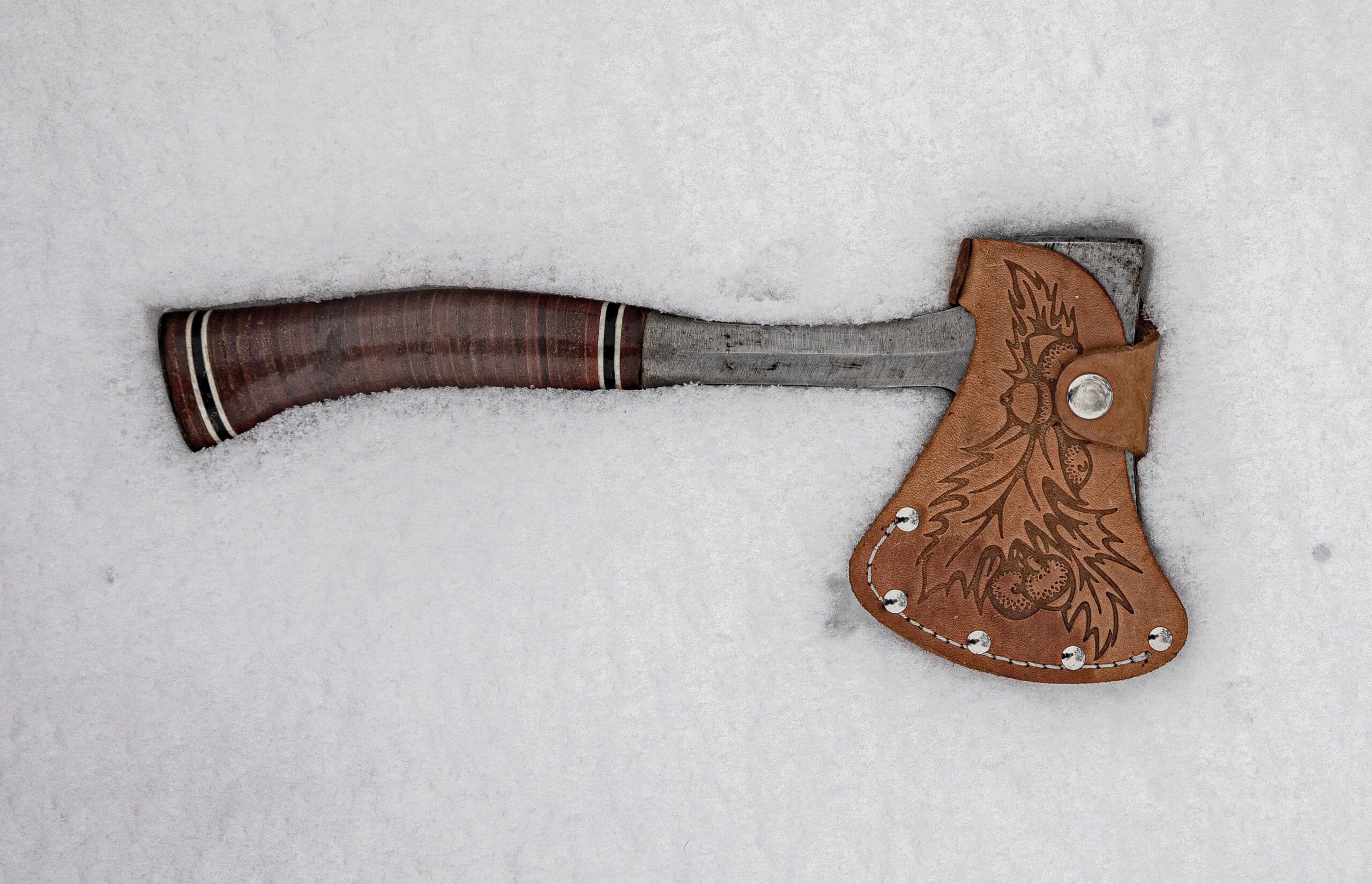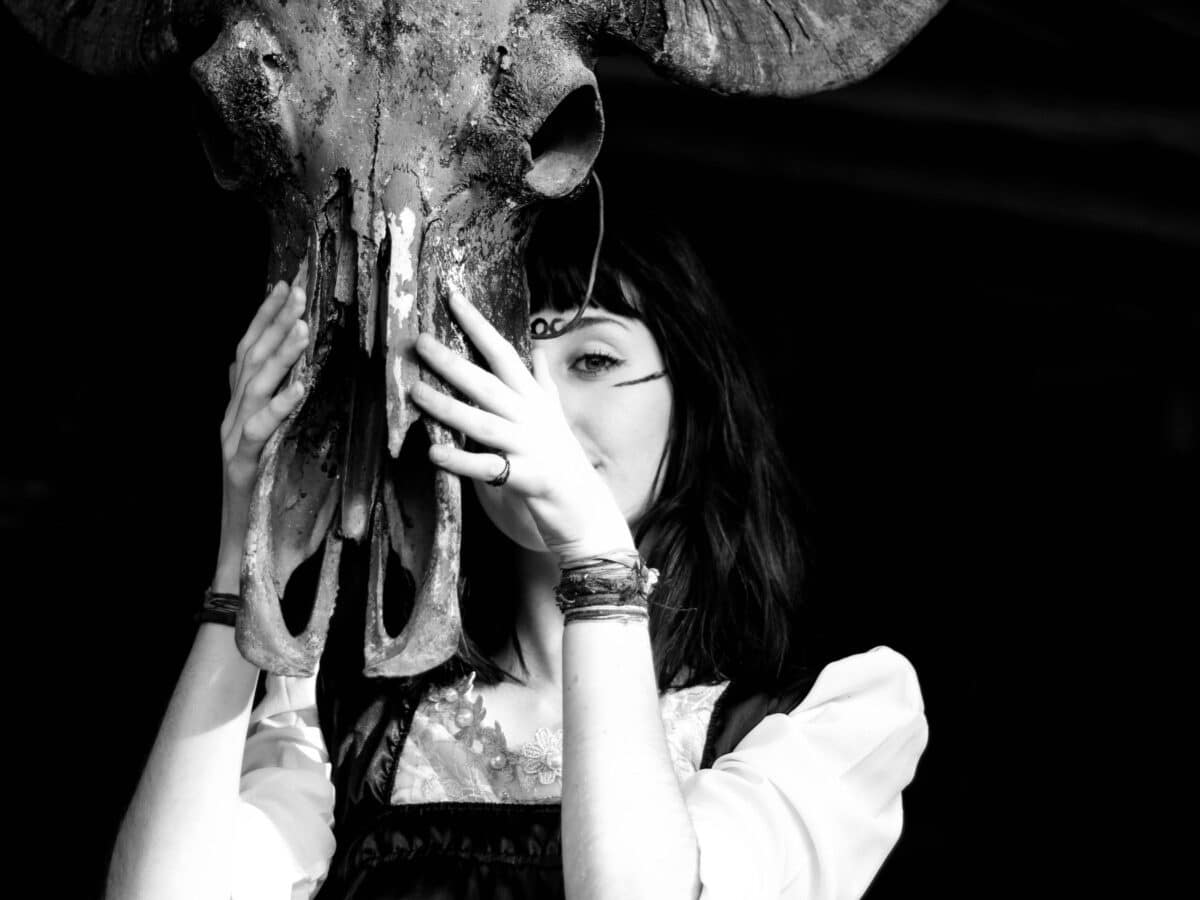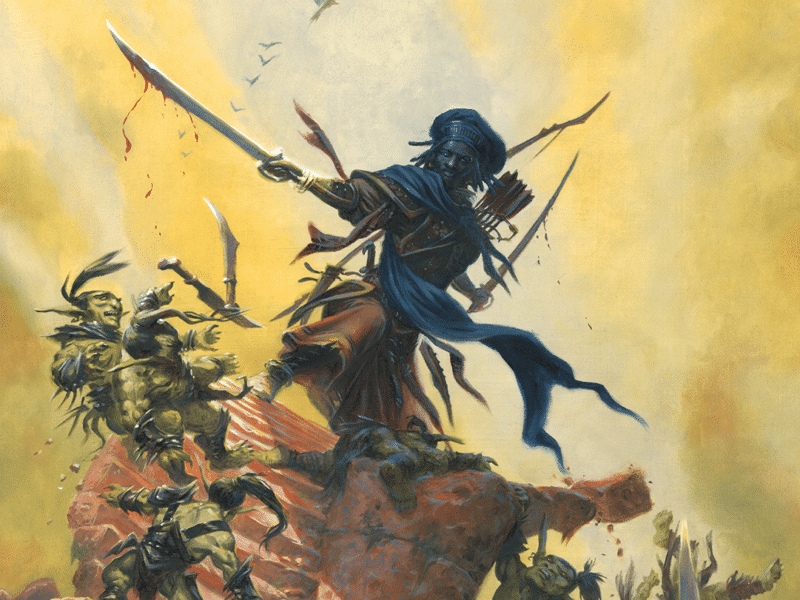Greetings, friends of mead and warhammers everywhere! We’re back with a new instalment in the series on reasons to play different races in Dungeons & Dragons, and in this third article, we’ll take a close look at a real cornerstone (no, I will no apologise for the terrible pun) in the world of fantasy: dwarves!
These folk have been a mainstay in D&D (and untold fiction books and movies) since the dawn of fantasy as a genre. As you probably already know, the archetypal dwarves as we know them in the game were established by J.R.R Tolkien, who included them prominently in both The Hobbit and The Lord of the Rings. The most famous example is, of course, Gimli, the sombre but reliable and honourable member of the fellowship as they set out for Mount Doom to destroy the one ring. Then there’s Thorin Oakenshield, the leader of the company of dwarves who delve into the former dwarven halls under the Lonely Mountain to recover their treasure from the deadly dragon Smaug’s clutches.
It is the personalities of these two renowned dwarves that have shaped the general idea of them as they’re portrayed in D&D. But in my experience, there’s also a tendency to over-emphasise some of their traits, especially as they’re portrayed in the screen adaptions of the novels. This means that there’s a risk many view dwarves as one-dimensional characters who are interested primarily in excessive amounts of food, mead, and battle – rinse and repeat.

You’re one with stone
The kinship with all things made from minerals is one of the most prominent features of classic fantasy dwarves. They construct magnificent halls and homes deep in soaring snow-capped mountains, they create practical and beautiful items from rocks and gems, they mine ore that they turn into tools and weapons of the highest quality (although they may sacrifice style over robustness), and they even craft furniture out of stone. In short (sorry!), a dwarf is closely attuned to all things stone, ranging from massive crags to tiny precious stones.
When playing a dwarf character, it’s easy to dismiss this relationship as an occasionally useful but generally dull feature – rocks and stones on their own aren’t exactly catalysts for the imagination! However, you might find that by elaborating and specifying certain aspects of this affiliation, and weaving into your character’s behaviour and skills, you end up with a more complete personality that’s more fun to play (which is the point of all ideas and tips that I propose).
For example, consider what your favourite type of stone or gem is, and why this is the case. Maybe you were raised in a hall where many walls and ceilings contained fragments of sapphires that gave the corridors and other spaces a faint blue ambience. This could mean that when your character sees an ocean, they become nostalgic and filled with homesickness – quite the contrast to the common notion that dwarves fear water because they can’t swim (in itself a weird idea, as there are plenty of subterranean streams and raging rivers in mountains!).
Then there are arts, crafts, and other creative pursuits – rarely required for effective combat, but excellently handy for character development. Perhaps your character has lots of experience with working with silver rather than gold, and both prefer it for decorative purposes and has great skill in creating necklaces so glimmering that even elves covet them. Or perhaps you’re a member of a clan that’s studied mining more than most, and doesn’t care much for rock itself but knows exactly how to build an underground network that won’t come crashing down on people’s heads. All of these interests and proficiencies can be used to flesh out a concept for a character or even be part of a campaign’s central storyline, if the DM is happy to cooperate with you to do so.
Also, as with many standard features among folk in D&D, it’s often enjoyable to go in a completely different direction and do something unexpected. I’m not suggesting that you should turn all the usual dwarven characteristics on their heads and attempt to become the polar opposite of all expectations. It’s more a matter of homing in on a select few facets of your character’s nature and skillset, and building on these to make them original and memorable.
Of course, not only are you an expert on all things stone – you’re also well versed into the crafts that are related to anything that can be wrought from stone, such as ore! Consequently, this means that you know a whole lot about iron and steel, and how to turn these into tools that last longer than an immortal paladin’s oath. That means you can tell a good tool from a bad one or, probably more frequently, a deadly weapon from a worthless one, and you are unlikely to hesitate in doing so. I mean, we’re dealing with mistreated rock here! So if your character for some reason ends up with a mediocre blade in their hands, go ahead and shout “This isn’t a sword! This is a cheese knife!” and throw the offending so-called weapon away.
You’re noble
Another widespread – again, mainly because of Tolkien’s works – and neat idea is that dwarves are incredibly proud of their past, their ancestors, and their clan’s achievements. This pride might be a tradition and deeply rooted in culture, in the sense that your character is expected to have learned the names of all members of their family going back five generations, and also what they worked with and where they lived. Or it could be a matter of being able to retell the most outstanding achievements that your ancestors pulled off, such as the slaying of notable dragons, the accumulation of great riches, the discoveries of massive gems or huge ores of gold, the holding of important positions in a clan or its army, and so on.
This tradition can easily be extended to include remote relatives or even entire clans, although there’s a risk that you might become overwhelmed with lore-writing (then again, there are some who revel in cooking up background information, so here’s your chance!).
But so far, so much backstory. How then to turn this into something that adds to the gaming sessions? I’d suggest that you pick a few parts of the dwarves’ general fondness of family and use them for specific aims, such as your character’s goal or demeanour, or simply for adding some humour. For example, you can use a particularly renowned ancestor’s name as an exclamation when something goes really well, or the aforementioned ancestor’s arch-enemy’s name as a curse when things go terribly wrong. You might carry some small token heirlooms (or even tattoos) as reminders of memorable events or illustrious relatives, and turn to them in times of trouble for a mote of luck to be sent your way when you need it the most (in other words, right before an important dice roll). For a character’s overall outlook, your family might be widely famed (or infamous!) for its members’ ferocity in combat, love for animals, brewing skills, poor jokes, or curious beard styles (more on this below).
You’re proud but pragmatic
As stated above, you are probably proud of your great-grandparent’s remarkable feats and other notable figures in your family tree, and you’re perhaps even a tad boastful (especially when you’re in the company of other dwarves who understand the importance of bloodlines and heritage) about your relatives and your origins. However, don’t fall for the temptation of letting your dwarf turn into a frothing, foul-tempered, red-faced and thunderous loudmouth at the slightest perceived insult to your surname. In fact, you’re probably better off keeping your character’s mood and manners in check at all times! I’ve encountered variations of “happy at the dinner table, mad on the battlefield” kind of dwarf untold times, and while such characters are momentarily fun, they just as easily become boring because they feel like clones of the most average dwarf imaginable – or worse, like a parody of the typical dwarf.
My advice is that you go very easy on the roaring and axe-wielding unless you’re surrounded by trolls and unconscious allies and really are in trouble. Instead, create a dwarf who is more coherent, nuanced and, most importantly, personal. It could be a quiet, thoughtful and analytical former soldier who has extensive insight into the workings of the military after serving for fifty-odd years as a guard of a stronghold, or an incredibly stealthy ranger who is specialized in hunting down subterranean monsters that make life difficult for tunnellers and miners. Other examples include gentle characters who are dedicated healers who had devoted themselves to the wellbeing of their clans, or well-educated aristocratic characters who are more concerned with political dealings and court intrigues than hammering on anvils or spilling mead. Dwarves can be all of these examples and many more – it’s just a case of not sticking to the archetype!
Poison? What poison?
Here’s a solid, simple and huge advantage of dwarves, and hence a good reason to play one if you’re a tactically inclined player: they’re tough. And not just a little, but seriously sturdy! All dwarves are granted a mighty +2 to their Constitution score, which means your character will have more hit points and an improved saving throw. As Dungeons & Dragons is a combat-oriented roleplaying game (even in adventures that are written primarily with social interaction or mystery-solving in mind, it’s likely that the adventurers will have at least one tussle with a monster or some other villain), Constitution is an immensely important score for staying alive.
Better still, if you’re playing a Mountain Dwarf, your strength score rises by 2. While this isn’t exactly related to toughness, it’ll certainly lend your character a beefier physical appearance. But if you’re playing Hill Dwarf, your hit point maximum increases by one every time you gain a level! That’s a whole pile of bonus life right there.
And there’s more! Dwarves in D&D also have the Dwarven Resilience ability, which means that they have advantage on all saving throws against poison – and they also have resistance against poison damage. So let your confidence shine through whenever you’re eating, battling venomous monsters, or fiddling with things that look generally poisonous. When other characters start to look concerned and the players begin to double-check their Constitution saving bonuses, you can have some fun by happily eating the suspicious-looking pie, gleefully storming ahead and attacking that hissing giant snake, or pick up the green-ichor-dripping bottles from the crazed wizard’s workshop while whistling a merry tune.
You’re (kind of) a foodie
If you decide to lean into the idea of dwarves as huge enthusiasts when it comes to food and beverages, there’s a number of tweaks you can make use of to give this side of your personality a little more flavour. Typically, halflings get to do this all the time, but there’s nothing stopping you from playing a dwarf who happens to be able to tell a grilled mushroom from a gross meal.
For example, your character can be a gourmet rather than a gourmand – so less gnawing on roast hogs impaled on your dagger, and more carrying around an assortment of spices and recipes. You might even refuse to eat poorly cooked food and savour every opportunity to visit a fancy (and ideally dwarf-managed) inn where food is served properly. You could keep a tome with family recipes that have been handed down from generation to generation, and treasure this collection almost as much as your spell book or your favourite axe.
Not the beard!
Lastly, the inevitable point that needs to be brought up in this article or I’d be amiss: the beard. Now, if you’re a dwarf with a beard, chances are that you put plenty of pride in it – and rightly so. Like the kind-of-affinity with rock, a prominent beard is also an archetypical – or maybe even stereotypical – trait among dwarves, but it’s still perfectly possible to take this feature to new heights, or at least make sure that you’re not just having a nondescript tuft of hair on your jaw. After all, highlighted aspects of a character, physical as well as psychological, should be created with a measure of thought so that one doesn’t end up with a bland, generic NPC-like character.
So if you do sport a beard, you can do yourself (and your fellow players) a favour by spending five minutes online browsing images of spectacular bears. The reason is that there’s a thousand different styles out there that you can use as inspiration for your character. If another player or NPC asks you what your character’s beard looks like, and your best reply is “long” or “thick”, that’s a sure indication that you can do better – and it’s easy, too. Consider what colour, length, and thickness it is. Then think up what makes your beard stand out (because it’s quite probable that a dwarf wouldn’t want their beard to look like the next one’s!).
Maybe yours is braided in a way that represents the coat of arms of the queen of your dwarven hall, or the number of giants that you have slain. There could be a certain number of mithral clips, each of which is engraved with the symbol of an allied clan. Maybe it’s split in three, and held together with strips of hide taken from a wyvern that you defeated in a fierce battle?
Or just begin to throw words and short descriptions in there: pointed and messy, bright red and straight cut at the bottom, black and filled with bronze clips, blond and braided in a complex fashion inspired by gnomes, gathered in a large metal tube that’s decorated with gems, or so overgrown that it’s tucked into your shirt and sticks out at your waist – anything is better than “big”.
Alternatively, you can go totally against the grain and go beardless! This might actually be a highly effective kind of disguise. Given how closely associated dwarves are with their legendary facial hair, it’s quite likely that a beardless dwarf would be mistaken for something else entirely. Exactly what – well, I’ll leave that to your imagination, but suffice to say that this particular DM would have all kinds of fun with such a situation.







